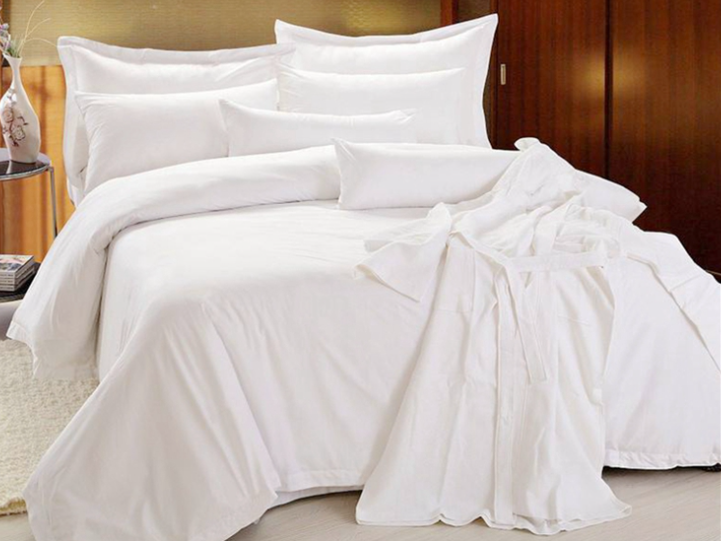Application principle:
During the washing and drying process of linen, steam or hot water enters one side of the plate heat exchanger as a high-temperature fluid, while the air to be heated (for drying) enters the other side as a low-temperature fluid. Through a plate heat exchanger, the high-temperature fluid transfers heat to the low-temperature fluid, causing the air temperature to rise and achieving the purpose of preheating.
Plate heat exchangers have good thermal conductivity and can effectively transfer the heat of steam to linen, improving thermal efficiency. This means that the drying process of linen can be completed faster or energy consumption can be reduced with the same energy consumption.
Structural design: The plate heat exchanger is composed of multiple thin metal plates that form sealed channels between them. Metal plates are usually made of materials with good thermal conductivity, such as aluminum foil, copper foil, or stainless steel foil.
Energy saving and environmental protection: By recycling and reusing heat energy, plate heat exchangers can reduce steam consumption, lower energy consumption, and protect the environment. This is particularly important for places such as hotels, guesthouses, hospitals, and the laundry industry that require a large amount of washing and drying of linen.
The application principle of the plate heat exchange core of the linen washing and drying heat exchanger is based on the basic principles of heat conduction and convection, and efficient heat exchange is achieved through reasonable structural design and material selection.
Plate heat exchanger for drying linen in hotels and laundry industry
ਕੋਈ ਜਵਾਬ ਛੱਡਣਾ
ਕੋਈ ਜਵਾਬ ਛੱਡਣਾ
ਟਿੱਪਣੀ ਕਰਨ ਲਈ ਤੁਹਾਨੂੰ ਦਾਖਲ ਹੋਣਾ ਪਵੇਗਾ।

ਲੇਖਕ ਬਾਰੇ